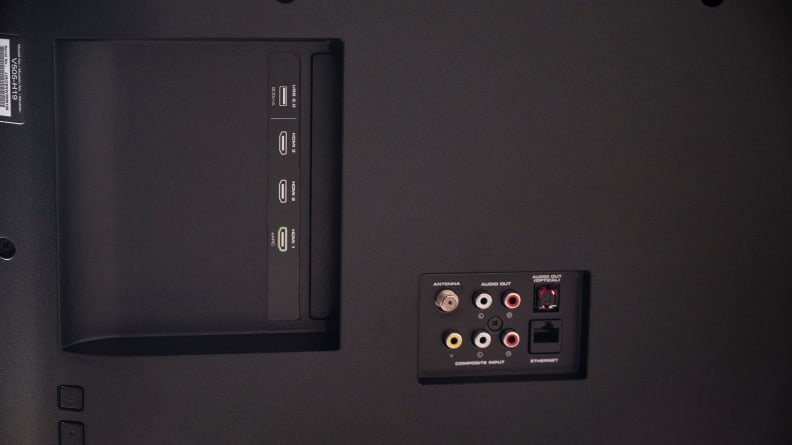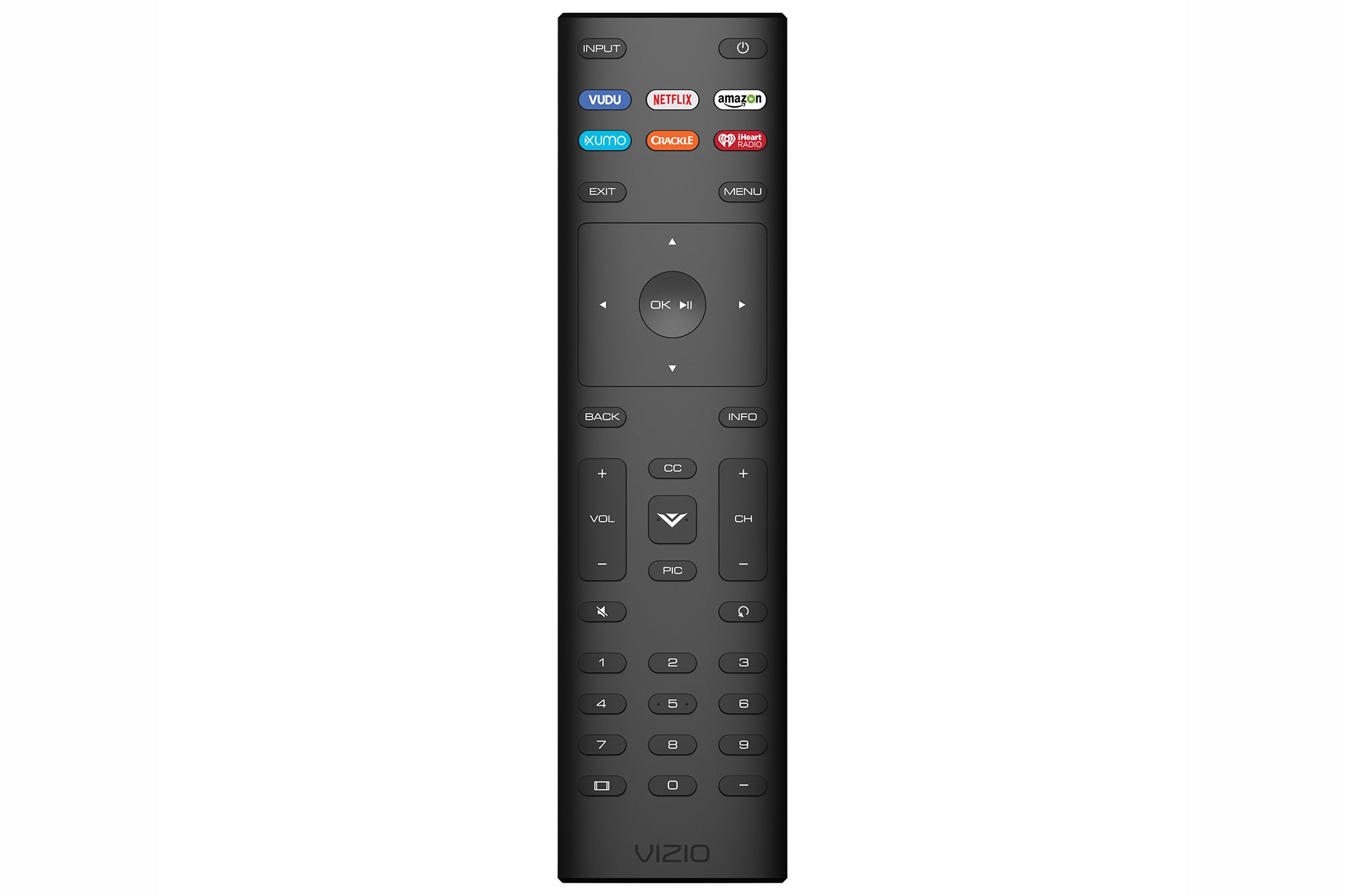

- Vizio auto brightness control series#
- Vizio auto brightness control tv#
- Vizio auto brightness control windows#
These settings are meant for those who want the brightest image possible, even at the cost of image accuracy. We also test for the EOTF plot with our 'Make HDR Brighter' settings. As you can see in the EOTF plot for the Sony X900H below on the left, it follows the target almost perfectly, but some scenes are still slightly over-brightened. When the gray line is below the target, it doesn't get as bright as intended, and it's brighter when it's above.
Vizio auto brightness control tv#
However, each TV has a max brightness, so eventually, the gray line rolls off at the TV's max brightness. If the yellow and gray lines match up perfectly, then the TV displays content exactly how it's supposed to.

If you look at this EOTF plot, the yellow PQ target represents the target brightness, while the gray line is the measured brightness. However, not all TVs do this perfectly, so some may display scenes at a higher brightness, while other scenes may be lower. With HDR content, the creator codes each frame to a certain brightness, so for example, if there's a lamp in a scene that's supposed to be 100 cd/m 2, then the TV should display it at 100 cd/m 2. The Electro-Optical Transfer Function (EOTF) plot is another objective way to measure how well the TV displays HDR content. ABL isn't something you should worry about too much if you just watch SDR content, but it's more important for HDR content.
Vizio auto brightness control series#
Also, it's possible for small highlights to be less bright than larger areas because of frame dimming on some TVs, as seen on the Vizio M7 Series Quantum 2020 in this case, the ABL is also high. A high ABL is usually found on OLEDs, as large areas are noticeably less bright on those TVs. This means that we only calculate the noticeable differences that we can see when watching TV.Ī TV with an ABL of 0 means that the brightness doesn't change across different content.
Vizio auto brightness control windows#
Our Automatic Brightness Limiter (ABL) coefficient variant calculates for the difference in brightness between the sustained windows tests after normalizing for noticeable differences with the Perceptual Quantizer (PQ) EOTF. What this essentially means is small areas get brighter than large areas, and we want to know just how much difference there is between the two. This is done to prevent the entire screen from getting too bright and damaging internal electronics. TVs use algorithms to limit how bright the screen gets, especially with large areas, like in our 100% peak window test. A TV with high brightness results in a more vivid image that's easier to see than one with low brightness. As you can see in the pictures below, these are two TVs with excellent reflection handling, but different brightness. If your daily use applies to either of those situations, it's important to get a TV that has high brightness. This allows highlights to pop the way they're supposed to.

There are several HDR formats that allow for brighter and more vivid colors, so even if a TV supports one of these formats, it's even more important to get a bright TV for a true HDR experience. If you want to place your TV in a well-lit room, it's also important to get a TV with good reflection handling.

If the picture is too dim in a bright room, especially with sunlight, it can be difficult, or even impossible, to see the screen properly. Usually, this applies to one of two scenarios: Brightness matters in any situation in which you want the picture, or part of the picture, to get really bright.


 0 kommentar(er)
0 kommentar(er)
